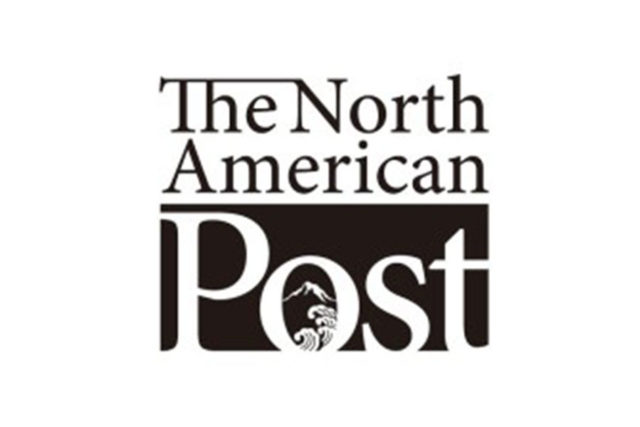by Atsushi Kiuchi, For the North American Post
As we cautiously stepped out of the aged Pullman cars, the hot August (1942) desert winds greeted us. A caravan of ancient green buses and ugly brown canvas- topped trucks
came winding through the scraggly sagebrush.
Our overnight journey from the Puyallup assembly center to the Minidoka War Relocation Authority “camp” ended here. Mother remarked, “Koko wa taihen na toko (this is a terrible place).
Little did we know this “terrible place,” in south -central Idaho was to be our home for 2½ years.
The late summer heat, often hitting 90+ degrees, coupled with the constant dust laden winds, was relentless. Very slowly, we adjusted to life in this God-forsaken land.
Some never did.
The weather chemistry brought us rain and sticky mud on unpaved roads and the walkways connecting our barracks to the communal restrooms, laundry and mess hall buildings. The winter snow was a blessing, initially settling the dust and covering the mud, however, only accentuating the starkness of the black tarpaper covering our barracks.
Thanksgiving was a disappointment. It wasn’t “over the river and through the woods.”
It was uninspired assembly line fare: rubbery, sliced turkey, lukewarm potatoes, an orange glob of sweet potatoes, all covered by viscous brown gravy. All served with total indifference.
Expectations hit an all- time low as the first camp Christmas approached.
Children worried:
“Santa will never find us out here;”
“Does Santa know we moved?”
“Will there be presents?”
In early December, a camp-wide holiday decoration contest for each mess hall was announced. Competition was keen as the young adults seized the opportunity to break the day-to-day monotony.
Secrecy was at “nuclear weapons” level. The authorities issued free decorating materials to challenge the ingenuity and imagination of the competing mess hall teams.
Some teams posted guards to insure only block residents entered the messhall. Sheets and blankets covered the work in progress. The young decorating team members used the contest as a social function. Late at night, the music of Glenn Miller, Tommy Dorsey and other popular recording stars wafted through the freezing air.
Each block had its own Christmas party. Modest and nonsense gifts donated by churches and social organizations were handed out to the children by Santa.
(Our Block 42 Santa suspiciously resembled Tura Nakamura, our block manager)
My gift, a book entitled “A Year In Paradise” written and illustrated by Floyd Schmoe came from the American Friends Society, the Quakers. The book covered his career as a Mount
Rainier National Park naturalist.
Little did I realize the significance of my first camp Christmas gift.
Mr. Schmoe was among America’s best- known pacifist and exponent for world peace. During World War1, he was a conscientious objector, serving as a battlefield stretcher bearer in Europe. He formed the American Friends Service Committee in Seattle to assist the people of Japanese ancestry during the WWII forced removal, incarceration and resettlement.
After WWII, Mr. Schmoe’s humanitarian work went world-wide. Honored and recognized by many countries, he received the prestigious Hiroshima Peace Prize in 1988. His work
continued until his death at 105 years.
My lasting memory of the first Minidoka Christmas,1942: Mr. Floyd Schmoe and his life theme of: “Peace on earth, goodwill to all.”







